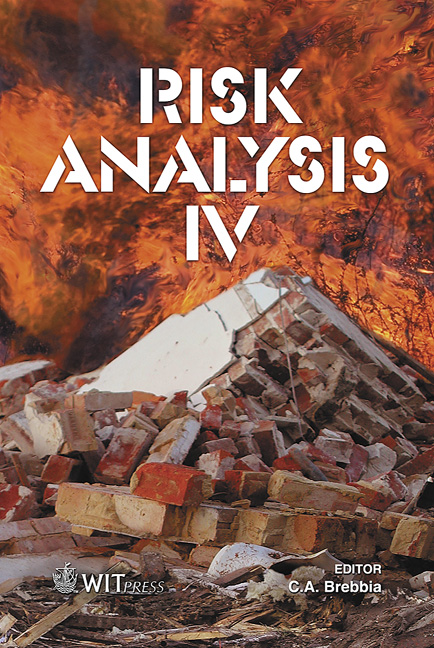Risks Of Large Infrastructure Investments: The Case Of Kathmandu
Price
Free (open access)
Transaction
Volume
77
Pages
9
Published
2004
Size
271 kb
Paper DOI
10.2495/RISK040511
Copyright
WIT Press
Author(s)
D. T. Lauria, D. Whittington, V. Prabhu & J. Cook
Abstract
In 2003, the Asian Development Bank asked the authors to conduct a benefitcost analysis of the proposed Melamchi Water Supply Project (MWSP) for Kathmandu, Nepal. The project is controversial and has its critics. The authors, however, were told to assume that MWSP would be successfully implemented as planned. Our analysis considered 3 different methods for discounting and 2 different evaluation criteria. Sources of uncertainty included household benefits, damage from earthquakes, future rates at which households will connect to the improved system, and the fate of Nepal’s economy. To address uncertainty, the analysis employed i) switching values and ii) Monte Carlo simulation. The probability is high that MWSP is not economically feasible when discounting is by conventional methods, but it is an attractive project if hyperbolic or shadow pricing capital methods are used for discounting. 1 Introduction The primary mission of multinational donors such as the World Bank Group (WBG) and the Asian Development Bank (ADB) is alleviation of poverty in developing countries. An important means for accomplishing this is through lending for infrastructure projects such as water supply and sanitation. In 2002,
Keywords





